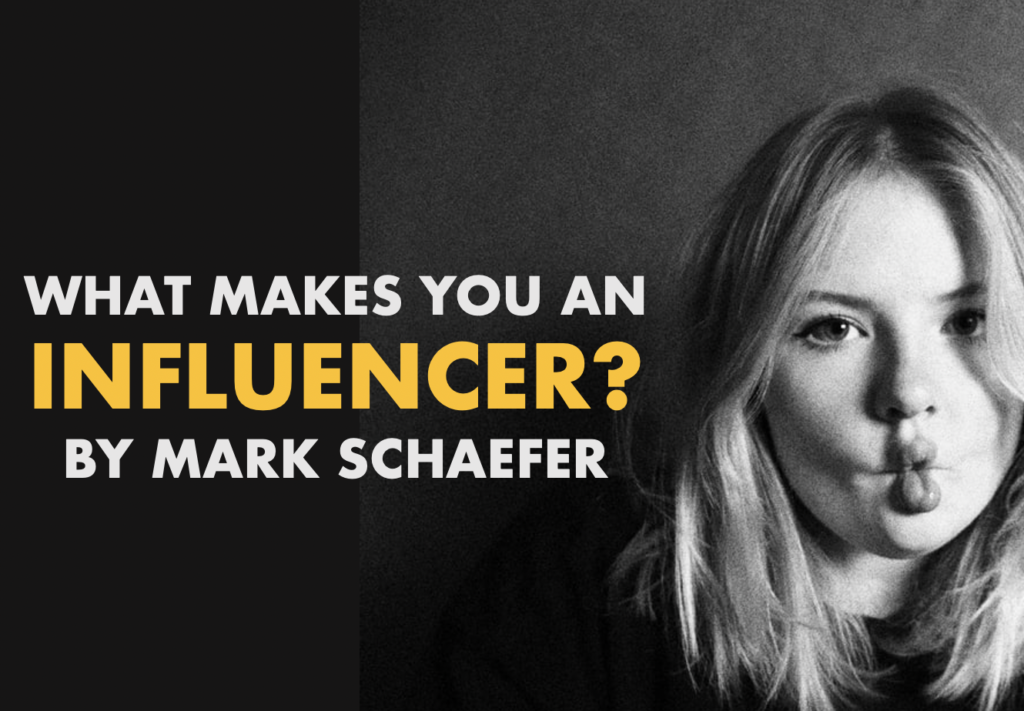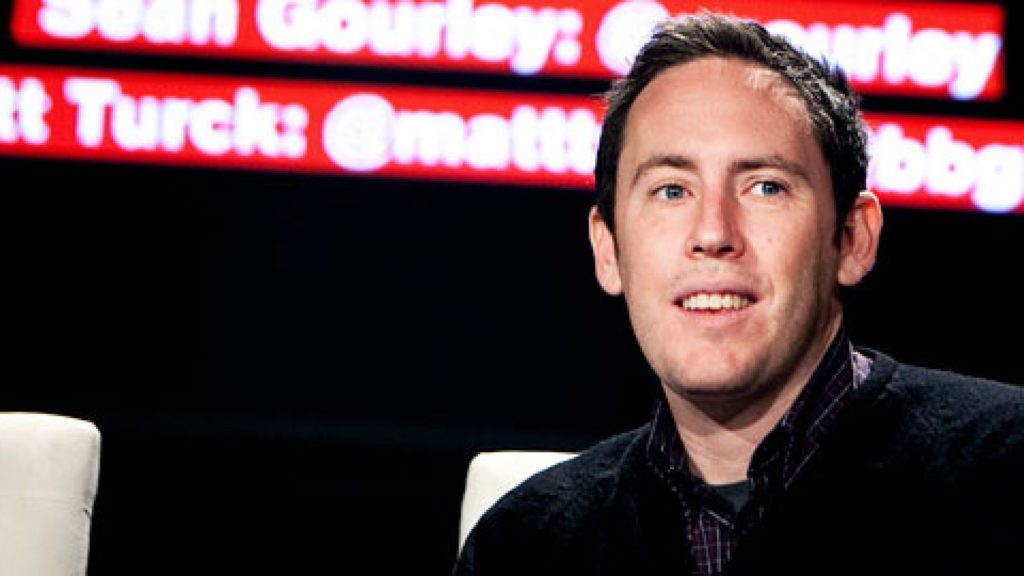
I count myself lucky to have been working in the digital space from the beginning and watch it unfurl into a tapestry of apps that connect the world — and sometimes divide it. One of the most fascinating developments is the evolving idea of “digital influencer.”
We take these folks for granted today — perhaps you’re an influencer yourself. But 10 years ago, the hottest war I’ve ever seen rage on the web nearly sunk the whole idea. Any thought of being called an influencer back then would have invited a withering personal attack.
And then there was a moment of clarity and a new form of marketing was born. I thought I would tell that story today.
It started with Klout
In 2009, a controversial start-up called Klout burst onto the scene. Founder Joe Fernandez audaciously claimed that by evaluating a person’s social media stream and applying complex algorithms to analyze patterns of content, his company could predict how influential you are.
The internet howled with indignation! Who would have the arrogance to assign a number (from 0-100) that reflected a person’s relative power rating on the web?
Today, we take these influence algorithms for granted. There are dozens of companies offering influencer marketing services and they all use a model fundamentally based on what Klout started.
But at the time, Joe Fernandez took a relentless beating from critics. I have never seen a hard-working company founder attacked so viciously.
However, I was starting to think Klout might be on to something.
Follow the Bieber
In those early days, Justin Bieber was the only person who had a perfect “100” Klout score (he was one point higher than U.S. President Barack Obama). The company explained that the Bieber fans reacted to whatever the teen heart throb said on social media. If The Biebs said, “go see this movie,” his fans went to the movie.
If you could actually track behaviors and connect them to a person’s tweet … well, isn’t that influence?

Joe Fernandez
A moment that changed my life came at the annual SXSW conference, my favorite gathering of global thought leaders. Since Klout was generating so much buzz, Joe Fernandez had been invited to speak there.
His panel presentation was predictably filled with fireworks from the standing-room-only ballroom crowd, but Joe was calm and patient. A mob gathered around him afterward and I hung around until the end, hoping to win a conversation with the Klout founder.
When I met him, Joe was friendly and willing to submit to an interview for my blog. As he explained how his algorithm worked, I had an epiphany.
People were upset with Klout because they claimed their influence in the “real world” had no connection to their posts on the web. But in a flash of inspiration, I realized that influence on the web only came through one thing – the ability to move content!
Fernandez was right. He could measure influence. But not everywhere. Not for everybody. He could track the people on the web who could most efficiently spread ideas — and that was a revolutionary concept for business and marketers. Joe was identifying the new taste-makers, the cool kids, the rising stars ready to make a dent in the universe through their blogs and videos, and tweets.
A book is born
When I had this serendipitous exchange, I realized the marketing world was about to be transformed. We were being handed an entirely new way to connect to consumers – through these trusted influencers and their fans … and I knew this would happen quickly.
The world had been dominated by elite power brokers — TV network executives, ad industry big shots, publishing companies. But once we could actually identify these new “citizen influencers,” the power would shift and we would be in an era of “influencer marketing,” a term nobody was using yet.
In this same period, I had been in negotiations with New York publisher McGraw-Hill on a social media marketing book deal. But I was more interested in writing about this emerging influencer marketing trend and I’m grateful that the company took a risk on me when they agreed.
Return On Influence became a best-seller and it thrust me onto the national stage.
The power behind the digital influencer
My book came out in 2012 and I predicted that within two years, influencer marketing would become a mainstream channel. That came true.
Ironically, the main idea behind my book — that digital influence comes from the ability to move content — is still lost on most marketers today.
Many brands obsess over a person’s number of followers or rate of engagement. A digital influencer strives to breakthrough, thinking they need to be prettier or goofier or louder.
But the most successful digital influencers are driven by brand relationships and brands really only care about one thing — does our message spread? Literally, it’s that simple.
The economic value of content that is not seen and shared is zero.
The economic driver of digital marketing isn’t content. It’s content that MOVES. An ability to move content is the greatest asset you can bring to a brand.
That’s what defined the digital influencer 10 years ago, and that’s what defines one today.
 Mark Schaefer is the executive director of Schaefer Marketing Solutions. He is the author of several best-selling digital marketing books and is an acclaimed keynote speaker, college educator, and business consultant. The Marketing Companion podcast is among the top business podcasts in the world. Contact Mark to have him speak to your company event or conference soon.
Mark Schaefer is the executive director of Schaefer Marketing Solutions. He is the author of several best-selling digital marketing books and is an acclaimed keynote speaker, college educator, and business consultant. The Marketing Companion podcast is among the top business podcasts in the world. Contact Mark to have him speak to your company event or conference soon.
Illustration courtesy Unsplash.com


